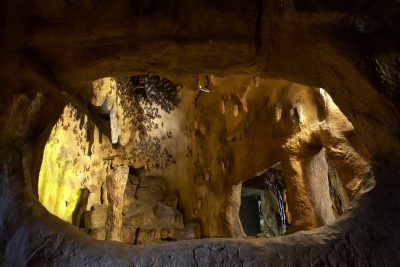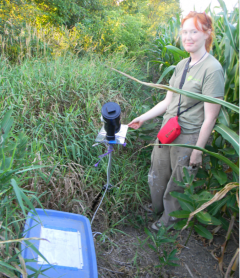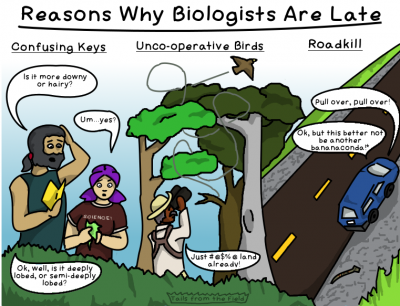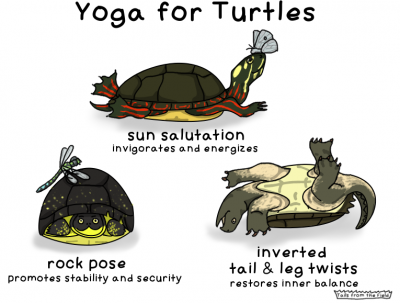Carleton University graduate student Liv Monck-Whipp is batty for bats.
Why? “I’ve loved bats since I was seven and made my dad walk through the Bat Cave at the Royal Ontario Museum with me 20 times in a row. I’m a night person, and these mysterious flying mammals which “see with sound” and are also nocturnal have just always been fascinating to me.”

Bat Cave at the ROM Photocredit: © 2012 Royal Ontario Museum
Monck-Whipp has another reason to be interested in these furry fliers. She is focusing on bats and farmland diversity for her Master’s degree in Biology.
She explains: “Bats are responsible for a lot of pest removal in agriculture, so understanding more about how they live and feed in agricultural ecosystems is important. Given all the bugs they eat, modifying farming practices to benefit bats could be a win-win for farmers and bats.”

Monck-Whipp with a bat detector
In the field, she used a bat detector to hear the ultrasonic sounds made by the bats. It digitally scales down the frequency of the bat calls into the human hearing range.
She found that having more diverse crops was linked to more bat calls in an area. “Having more diverse crops might mean that there is a more stable number of insects throughout the growing season, and make those types of areas better for bats overall.”
She also notes that bats are facing some pretty intense threats right now, like White-Nose-Syndrome, and wind turbines. While her research doesn’t deal specifically with these threats, she is hoping it will provide more information about bat species, several of which (Little Brown Bat, Tri-coloured Bat, and Northern Myotis) were listed as endangered just three years ago.

Monck-Whipp will be combining her results with other scientists’ research on bats in agricultural areas to make recommendations on how to set up farmlands to benefit bats. “The farmers whose land I worked on were very appreciative that bats really help out their crops, so this information could be useful to them in future crop-layout planning.”
Her research is part of a larger project called the Farmland Biodiversity Project that is looking at how to plan the diversity of crops, or crop arrangement to benefit biodiversity, without reducing the amount of crops being grown. While Monck-Whipp is looking at bats, others are focusing on amphibians, birds, beetles, butterflies, and pollination rates.
Her supervisor, Lenore Fahrig, along with several others, is helping to oversee the Farmland Biodiversity project. They recently published this paper on some of their findings:
Monck-Whipp and other graduate students involved in the Farmland Biodiversity Project have really enjoyed working together, from helping each other with fieldwork to bouncing ideas off each other in the lab. Says Monck-Whipp: “Working together has been really wonderful because we know each other’s research system really well, but bring different perspectives to it.”
The grad student has another talent – she draws a web comic about nature, field work and biology called Tails From the Field. You can find it on this website or on this Facebook page.
“Field work can get pretty hilarious at times and you are always working with really goofy nature-nerds, so I had been collecting ideas for comics for years. My friends and co-workers always seemed amused when I’d share my ideas or they’d give me great ideas for comics. Finally I just had to start drawing them!”
Here are a couple of her more popular comics:



For anyone wanting to help out bats, Monck-Whipp has these suggestions. Bat Conservation International has some good plans for safely and humanely dealing with bats in your house/building. And Canadian Wildlife Federation is running a bat house monitoring program that citizens and schools can participate in.
Wednesday, August 19, 2015 in Grad Student Research, News
Share: Twitter, Facebook




